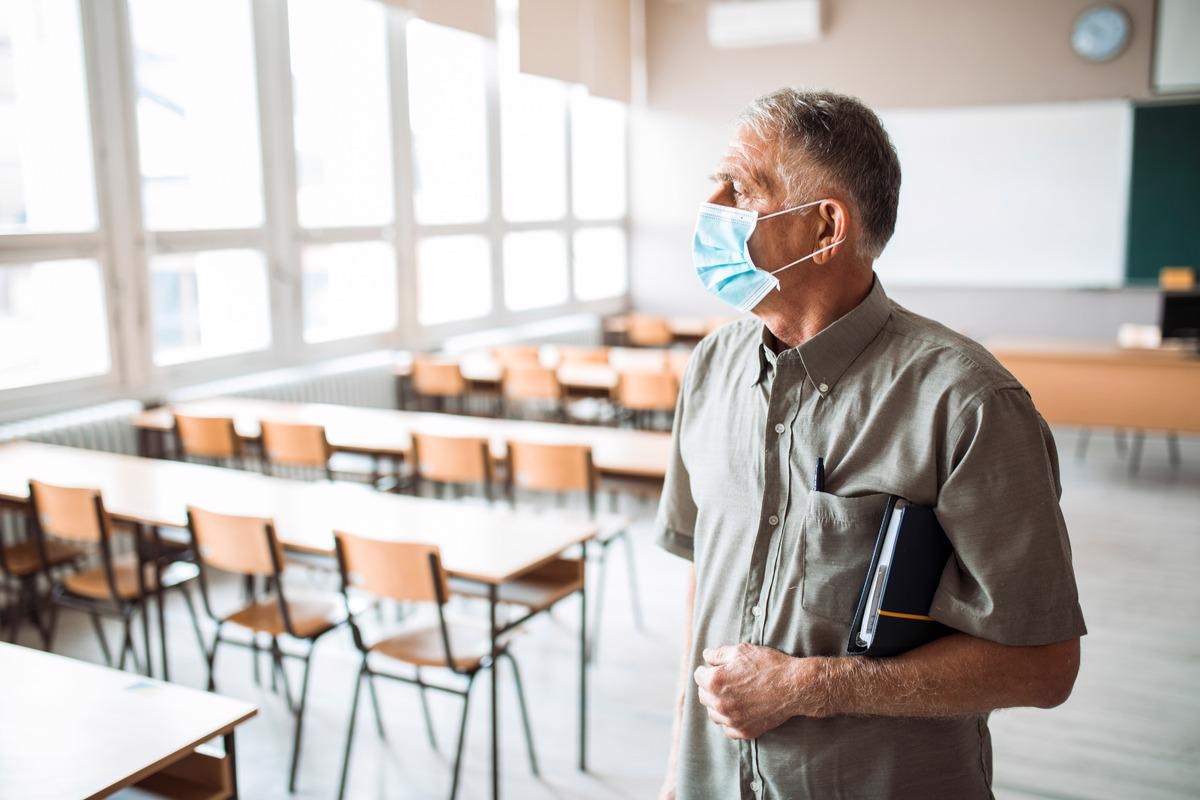Even with high incidence rates of coronavirus disease 2019 (COVID-19), many universities face increasing pressure to return to full on-campus operations. A variety of studies have been conducted that have implemented simulation to assess the risk of transmission and effectiveness of non-pharmaceutical intervention methods (NPIs) in the context of university settings. However, there are many shortcomings associated with the studies that limit their relevance to university decision-making. Only a few studies consider NPIs in combination with vaccines, and none include the Delta variant.
 Study: High COVID-19 vaccine coverage allows for a re-opening of European universities. Image Credit: vlada_maestro/Shutterstock.com
Study: High COVID-19 vaccine coverage allows for a re-opening of European universities. Image Credit: vlada_maestro/Shutterstock.com

 *Important notice: medRxiv publishes preliminary scientific reports that are not peer-reviewed and, therefore, should not be regarded as conclusive, guide clinical practice/health-related behavior, or treated as established information.
*Important notice: medRxiv publishes preliminary scientific reports that are not peer-reviewed and, therefore, should not be regarded as conclusive, guide clinical practice/health-related behavior, or treated as established information.
Many existing studies focus on residential university settings and model both contacts in the context of courses and housing. This type of study is typically not applicable to the European higher education sector. In many European countries, students are often spread out within the university's city, not all living on campus. To date, there is no existing research that combines an empirically determined co-location network with rigorous calibration of model parameters and simulation scenarios.
To solve the issues with the current research, a team of researchers from Graz University of Technology modeled transmission dynamics in a European university, comprised of 10755 students and 974 staff. The authors based their simulation on a co-location network reconstructed from enrolment data obtained from the winter term 2019/20. When this study was being conducted, 82% of the student population had been vaccinated. Due to high vaccine coverage, the authors examined if the full on-campus operation was possible, even if the dominant severe acute respiratory syndrome coronavirus 2 (SARS-CoV-2) strain within the population was the Delta variant.
A preprint version of this study, which is yet to undergo peer review, is available on the medRxiv* server.
The study
This study suggests that it is safe to relax some of the NPIs given the high vaccination rate among the student population. The reproduction (R) could be kept below one with just the implementation of reducing the number of students within lecture halls and mandatory mask-wearing. Even if the assumed vaccination coverage were lowered to 70%, mandatory mask-wearing would be sufficient in keeping outbreaks to a minimum. Even so, the model utilized in this study is sensitive to the assumed vaccine effectiveness against infection of 47%.
Previous research report vaccine effectiveness to be 60%; in that case, no NPIs would be required to keep the R number below one. If booster vaccines become more widespread, then this would further allow the relaxation of NPIs. Due to the model used in this study resting on a set of assumptions, an analysis of its shortcomings and the uncertainty with these assumptions is warranted. This model only includes contact situations in the context of courses within the university campus.
It was assumed that five months following the second dose of vaccine, the vaccine efficacy against high viral load would be 47%, which is also a conservative estimate because most students will receive their second dose during the summer in many national vaccination programs. The authors also calibrated their model using empirical observations of cluster sizes in secondary schools in Austria during the Autumn months of 2020. It was assumed that the situation regarding contacts would be similar to what is seen in universities. The simulation used in this study depicts a worst-case scenario that still shows it is safe to relax NPIs as long as vaccination coverage is high.
Implications
This study mainly addresses the two most common implemented policies seen in European universities to reduce the spread of SARS-CoV-2, which are reducing individuals in enclosed spaces and mandator mask-wearing, in the context of high vaccine coverage and the dominant strain being the highly transmissible Delta variant. It is suggested that the current reported vaccination rates among student of 70% and above is sufficient in preventing large outbreaks of COVID-19 and should allow for universities to return to full on-campus operations, if they implement a single NPI, either reduced numbers in lecture halls to 50% capacity or mandatory mask-wearing.

 *Important notice: medRxiv publishes preliminary scientific reports that are not peer-reviewed and, therefore, should not be regarded as conclusive, guide clinical practice/health-related behavior, or treated as established information.
*Important notice: medRxiv publishes preliminary scientific reports that are not peer-reviewed and, therefore, should not be regarded as conclusive, guide clinical practice/health-related behavior, or treated as established information.